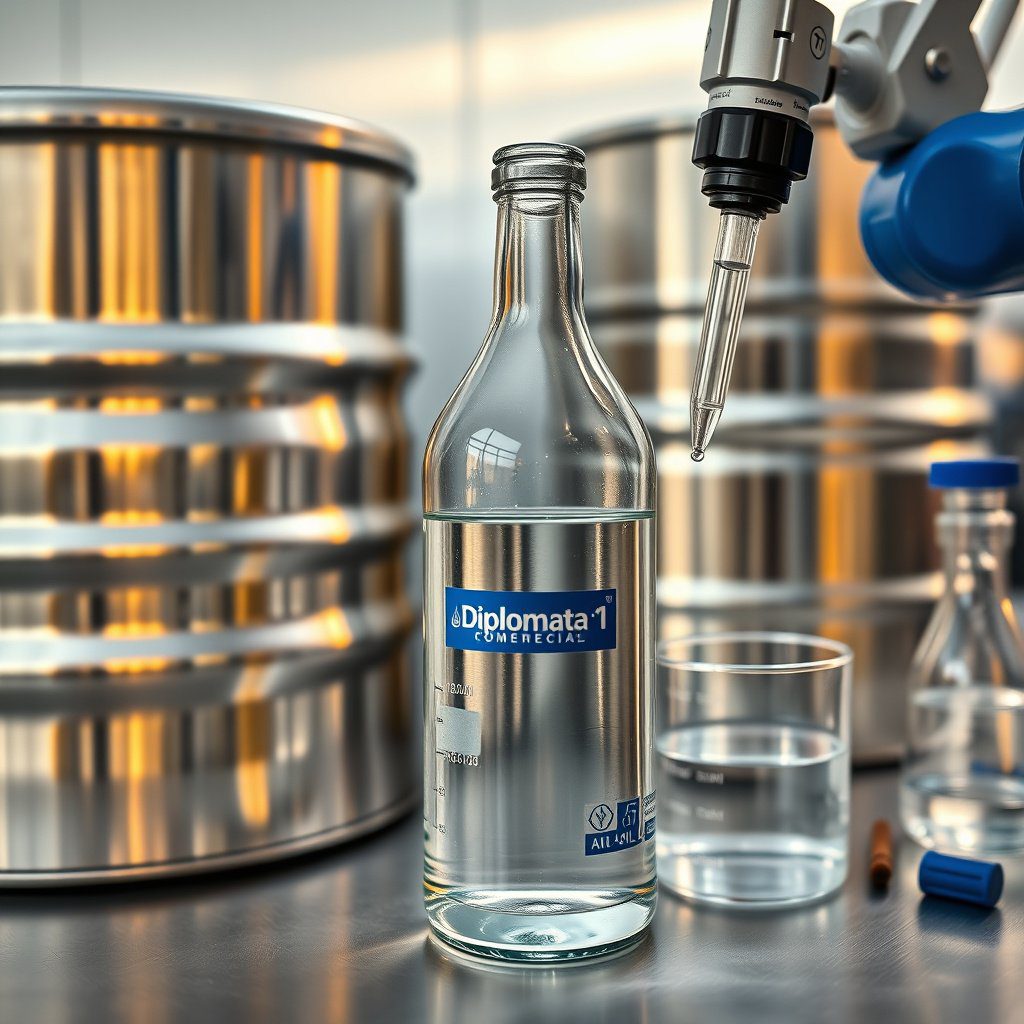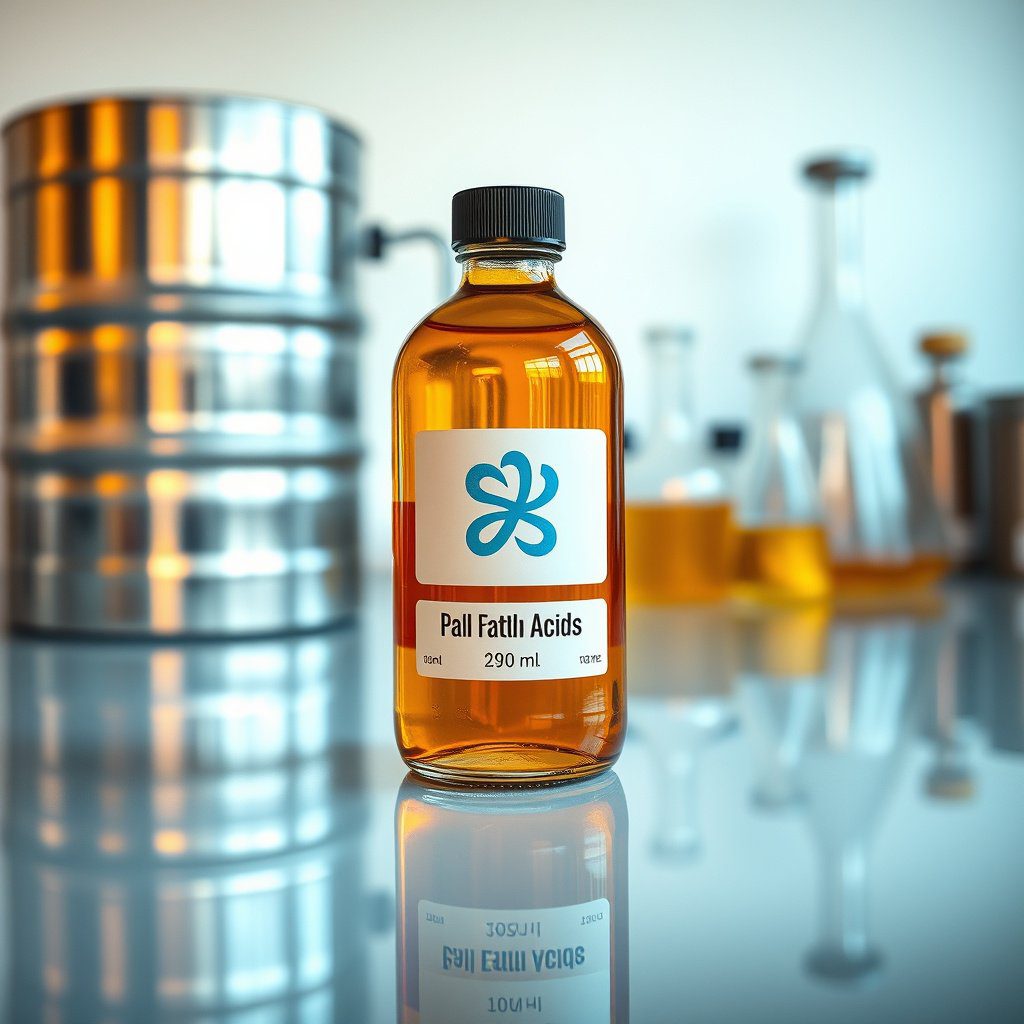Understanding Sodium Laureth Sulfate Quality Assurance Practices
Sodium Laureth Sulfate (SLES) is an anionic surfactant commonly used in personal care and cleaning products. The quality assurance practices surrounding its production and distribution are crucial for maintaining consistency and meeting industry standards. These practices encompass a range of methodologies aimed at ensuring that SLES, whether in 27% or 70% concentration, adheres to the highest quality benchmarks during manufacturing and supply.
Raw Material Verification
The first step in quality assurance for Sodium Laureth Sulfate involves the rigorous verification of raw materials. Suppliers must provide certification of analysis for the ethylene oxide and lauryl alcohol used in SLES production. This ensures that all components meet the necessary purity standards and specifications, which is vital for achieving the desired effectiveness of the final product.
Manufacturing Process Control
Effective quality assurance practices include stringent controls during the manufacturing process of Sodium Laureth Sulfate. This involves continuous monitoring of operational parameters such as temperature, pressure, and reaction times. Implementing a statistical process control (SPC) system can help detect any deviations from the established protocols, allowing for immediate corrective actions to be taken.
In-Process Quality Testing
In-process quality testing is an integral part of the quality assurance framework for SLES. This practice includes regular sampling and testing of the product at various stages of production. Parameters such as pH, viscosity, and active matter concentration are routinely measured to ensure the product meets predefined specifications before it moves to the next production phase.
Final Product Testing
Once the Sodium Laureth Sulfate is produced, comprehensive final product testing is conducted. This includes analytical testing for purity, concentration, and compatibility with other ingredients. The final product must pass all quality checks to ensure it is safe and effective for consumer use. Certificates of analysis are provided to customers, reinforcing the commitment to quality.
Compliance with Regulatory Standards
Compliance with regulatory standards is a cornerstone of Sodium Laureth Sulfate quality assurance practices. Manufacturers must adhere to guidelines set forth by organizations such as the FDA and EPA in the United States. This compliance ensures that the products are safe for consumer use and minimizes the risk of adverse effects.
Supplier Audits and Assessments
Regular audits and assessments of suppliers are essential to guarantee the quality of Sodium Laureth Sulfate. These audits involve verifying that suppliers maintain the necessary quality systems and comply with industry regulations. Such proactive measures help in identifying potential risks in the supply chain and ensure that only high-quality materials are utilized.
Traceability and Documentation
Traceability is a vital aspect of quality assurance practices in the production of Sodium Laureth Sulfate. Detailed documentation of each batch produced, including raw material sources and production conditions, facilitates tracking and accountability. This practice is crucial for addressing any quality issues that may arise and helps in maintaining transparency with clients.
Training and Development of Personnel
Investing in the training and development of personnel involved in the production of Sodium Laureth Sulfate is fundamental for quality assurance. Regular training programs ensure that employees are well-versed in the latest quality standards and best practices. This commitment to ongoing education fosters a culture of quality and enhances overall operational efficiency.
Customer Feedback and Continuous Improvement
Finally, incorporating customer feedback into the quality assurance process for Sodium Laureth Sulfate can lead to continuous improvement. By actively seeking insights from clients regarding their experiences and satisfaction levels, manufacturers can identify areas for enhancement and adapt their practices accordingly, ensuring that they remain competitive in the market.


